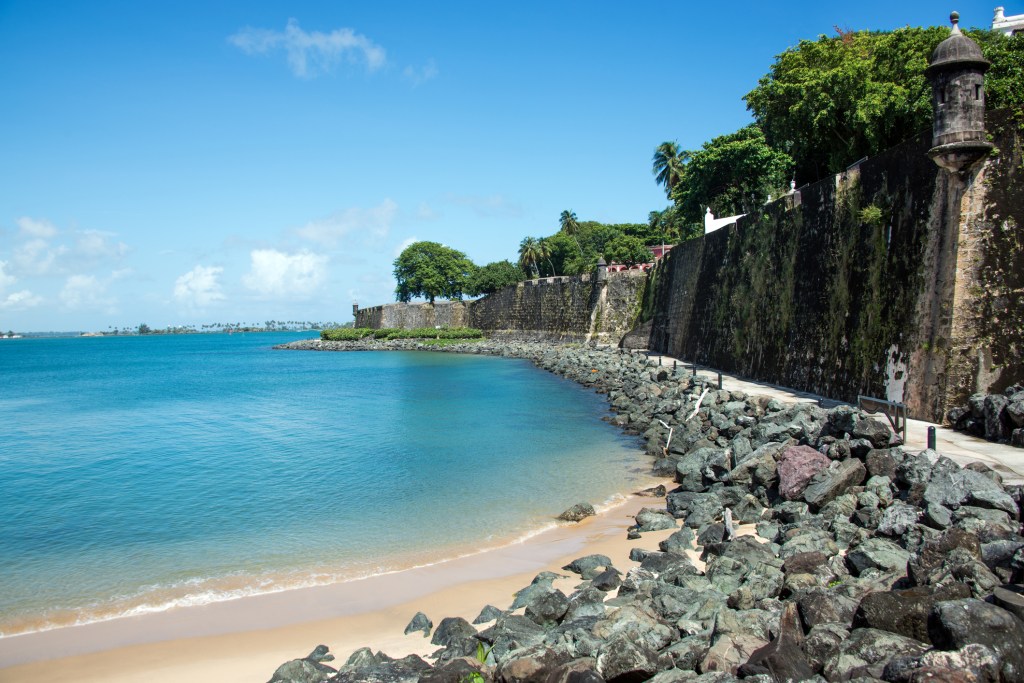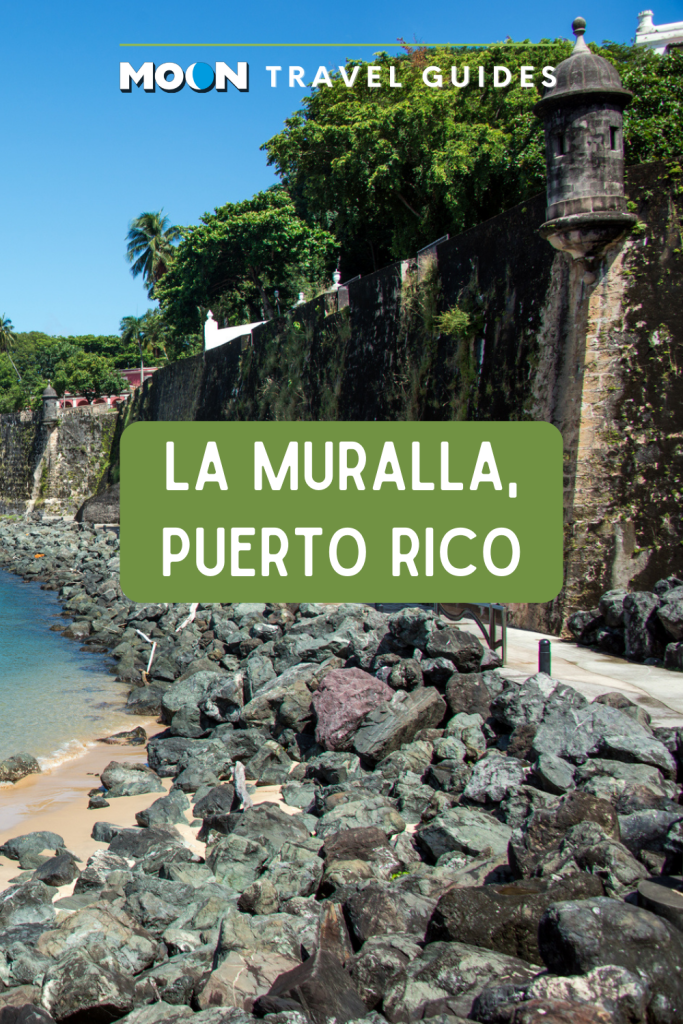Puerto Rico’s Iconic City Wall: La Muralla
The most enduring symbol of Puerto Rico is La Muralla. Nearly 400 years old, the city wall is composed of rock, rubble, and mortar and wraps around Viejo San Juan from the cruise ship piers on San Juan Harbor to the capitol on the Atlantic Ocean. It is a symbol of the island’s resilience in an ever-changing world. Over its long life, the wall has withstood multiple military attacks. But modern life, in the form of automobile traffic, pollution, and misguided attempts at preservation, has endangered the wall.

When the U .S . Army seized Puerto Rico in 1898, it took over maintenance of the wall and attempted its first preservation efforts. Concrete was used to patch La Muralla, but that only served to add weight to the wall and trap moisture inside it, which weakened the structure over time.
Today, La Muralla is crumbling in places. In 2004 a 70-foot section below the heavily traveled Calle Norzagaray fell, underscoring the urgency of stepping up preservation efforts. It wasn’t the first time the wall’s fragility was made apparent. A larger section fell into San Juan Bay in 1938, and in 1999 a Russian oil tanker ran aground, damaging the wall’s northwest corner.
Now a UNESCO World Heritage Site, La Muralla is maintained by the U .S . National Park Service, which has been overseeing efforts to repair the wall. In 2022, visitors noticed the wall near El Morro looking considerably paler in color: The NPS had removed centuries of dirt, soot, and vegetation in its continuing effort to maintain the wall’s integrity.
The wall attracts 1 .2 million visitors a year and, chances are, with the help of preservation efforts, it will continue to assert its soaring beauty and cultural significance as the proud protector of Viejo San Juan for years to come.
Save for Later


